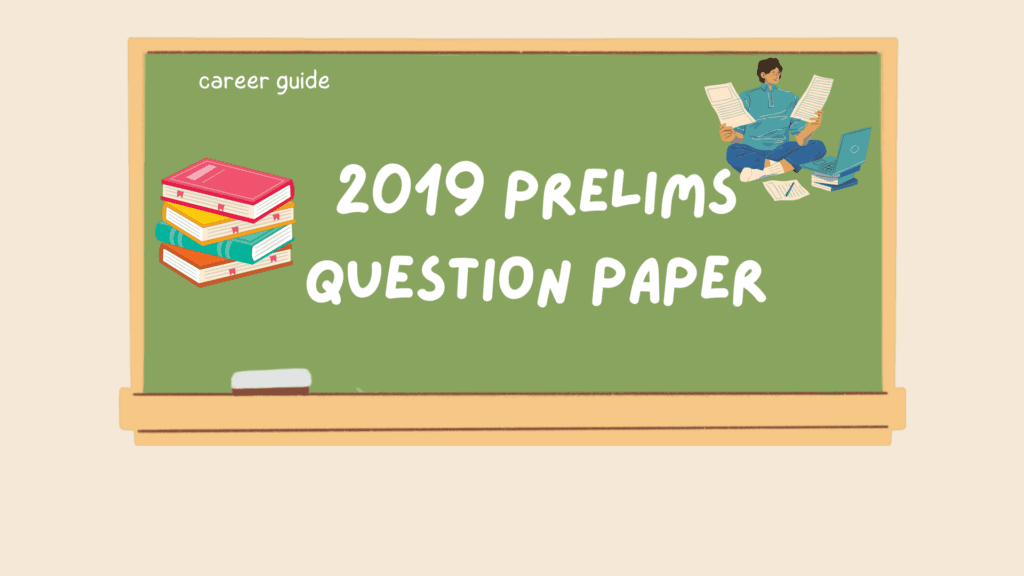Constitution
The Indian Constitution serves as the supreme law of the land, outlining the fundamental rights and duties of citizens, and establishing the structure of the government. It guarantees rights such as freedom of speech, equality before the law, and protection against discrimination. Duties include respecting the Constitution and upholding national integrity. The Constitution structures the Indian state into three branches: the Executive, the Legislature, and the Judiciary. It also includes provisions for the distribution of powers between the central and state governments, ensuring a federal structure. Understanding the Constitution is essential for grasping the legal and political framework that governs India’s democracy.
Political System
India’s political system is a parliamentary democracy with a federal structure. The Parliament, consisting of the Lok Sabha (House of the People) and the Rajya Sabha (Council of States), plays a central role in legislative functions. Elections are held at both central and state levels to elect representatives. Key roles include the Prime Minister, who leads the Executive branch, and the President, who acts as the ceremonial head of state. Understanding this system is crucial for analyzing how laws are made, implemented, and how political power is distributed and exercised in India.
Governance
Governance in India encompasses the administration at both central and state levels, as well as local governance through Panchayats and Municipalities. The central government is responsible for national policies, while state governments handle regional matters. Local governance bodies address community-specific issues, promoting grassroots participation. Effective governance involves managing public services, implementing policies, and ensuring transparency and accountability. Understanding these layers of governance helps in evaluating the efficiency of public administration and the implementation of development programs at various levels.
Judiciary
The Indian Judiciary is an independent body responsible for interpreting the Constitution, administering justice, and upholding the rule of law. It is structured into the Supreme Court, High Courts, and subordinate courts. The Supreme Court is the highest court and has the power of judicial review, ensuring laws comply with the Constitution. Key reforms have aimed at increasing efficiency and accessibility, while landmark judgments have shaped legal precedents. Understanding the judiciary’s structure and functions is crucial for analyzing how justice is administered and how legal principles are applied in India.
Current Issues
Current issues in Indian polity often revolve around political controversies and governance challenges. These may include debates over electoral reforms, corruption scandals, and policy decisions affecting public welfare. Governance challenges such as administrative inefficiency, legal delays, and public accountability are also prominent. Analyzing these issues provides insights into the functioning of India’s democratic system and the impact of political decisions on governance and public life. Staying informed about current issues is essential for understanding the dynamic nature of Indian politics and its implications for the future.






